This Article has been revised, edited and added to, by Poulomi Chakraborty.
- Comparing AI-Driven Campaigns to Traditional Approaches
- Expanding on AI Opportunities in Digital Marketing
- Navigating the Challenges of AI in Digital Marketing
- Deep Dive into AI-Driven Content Creation in Digital Marketing
- Exploring AI-Driven Customer Segmentation in Digital Marketing
- Implementing AI-Driven Technologies in Digital Marketing: Strategic Approaches
- Conclusion
In the fast-paced realm of digital marketing, artificial intelligence (AI) is no longer just a buzzword but a pivotal force reshaping strategies and outcomes. As businesses strive to connect with customers more efficiently and effectively, AI tools offer unprecedented capabilities—from personalized marketing messages to predictive analytics that foresee market trends. However, the integration of AI also introduces complexities and challenges that marketers must navigate to harness its full potential. This exploration delves into how AI is transforming digital marketing, balancing the examination of its vast opportunities with the scrutiny of its emerging challenges.
Comparing AI-Driven Campaigns to Traditional Approaches

When discussing AI in digital marketing, one of the most striking contrasts emerges in the comparison between AI-driven campaigns and traditional marketing strategies. The evolution from conventional methods to AI-powered techniques highlights significant shifts in efficiency, personalization, and scalability.
The Shift in Efficiency
Traditionally, marketing campaigns relied heavily on human intuition and manual processes for everything from content creation to customer segmentation. The process was not only time-consuming but also prone to errors, which could lead to ineffective campaigns and wasted resources.
AI dramatically changes this landscape by automating complex processes such as data analysis and behavioral predictions, thereby reducing the time and manpower needed to execute campaigns.
AI tools employ algorithms that can quickly sift through massive datasets to identify patterns and insights that would take humans considerably longer to uncover. For instance, AI can analyze customer behavior across various touchpoints in real-time, enabling marketers to make informed decisions swiftly and adjust strategies dynamically to maximize campaign performance.
Personalization at Scale
One of AI’s most significant contributions to digital marketing is its ability to personalize at a scale previously unimaginable with traditional methods. Before AI, personalization was often limited to incorporating the customer’s name in emails or selecting audiences based on basic demographic data.
Now, AI algorithms can process complex user data to facilitate deep personalization—tailoring content, recommendations, and advertisements specifically to individual preferences and behaviors.
This capability is not just about improving customer satisfaction; it’s also about boosting the efficiency of marketing budgets. By ensuring that each user sees content and offers that resonate with their specific needs and interests, AI can dramatically increase conversion rates and ensure a higher return on investment.
Overcoming Limitations of Scale
While traditional marketing can effectively reach out to customers, its capacity to scale up personalization efforts without a corresponding increase in budget and resources is limited. AI breaks through these barriers, using machine learning and automation to personalize interactions without additional costs associated with increasing the workforce.
This scalability extends beyond mere customer communication. AI-powered tools can manage and optimize thousands of advertisements simultaneously, adjusting bids, testing ad copy, and reallocating budgets in real time based on performance analytics. This level of dynamic management is something that traditional approaches could never achieve without significant investments in human capital.
The Challenge of Dependence and Transparency
However, the shift towards AI-driven digital marketing is not without its challenges. One significant issue is the increased dependence on technology, which can lead to vulnerabilities, including data breaches and system failures.
Additionally, AI systems often operate as “black boxes,” with decision-making processes that are not transparent, making it difficult for marketers to understand why certain decisions are made. This lack of transparency can be problematic, especially in scenarios where businesses need to demonstrate compliance with data protection regulations.
The comparison between AI-driven and traditional marketing campaigns underscores a significant evolution in the field of digital marketing. AI offers remarkable efficiencies and capabilities for personalization at scale, presenting opportunities that were once out of reach. However, embracing these opportunities also requires addressing new challenges, particularly around technology dependence and transparency.

As a founder and CEO of a travel site – misstourist.com, strategic marketing for me is about reaching the right people, in the right place, at the right time with a tailored message.
It’s about deeply understanding our audience and then crafting marketing tactics that align with our company’s long-term goals. In my business, we have indeed embraced a strategic approach.
For instance, we successfully ran a campaign to boost off-season bookings. After analyzing our audience data, we found that a segment of our users were young professionals seeking exotic getaways.
We targeted them with personalized blog posts and email newsletters featuring lesser-known destinations and affordable travel plans. The campaign resulted in a 30% increase in off-season bookings and contributed significantly to our annual turnover. As for the future, AI is set to revolutionize strategic marketing.
By 2024, AI will help us in predictive analytics, by accurately predicting customer behaviours and preferences, allowing us to create more personalized marketing strategies. Not only that, but it’ll automate repetitive tasks, freeing marketers to focus on crafting more innovative strategies.
Yulia Saf, Miss Tourist.
Expanding on AI Opportunities in Digital Marketing
As we delve deeper into the transformative capabilities of AI in digital marketing, it’s crucial to understand the breadth and depth of opportunities it creates. These opportunities not only streamline operations but also open new avenues for engagement and innovation.
Enhancing Customer Insights with AI
One of the most impactful ways AI contributes to digital marketing is through enhanced customer insights. AI algorithms excel at processing vast amounts of data from multiple sources, including social media, website interactions, and customer transactions. By analyzing this data, AI helps marketers understand customer behaviors, preferences, and trends at an unprecedented level of detail.
Predictive Analytics
AI’s ability to predict future customer behavior based on historical data is a game-changer for digital marketing. Predictive analytics can forecast customer needs and likely next steps, enabling marketers to craft strategies that align closely with the customer journey.
For instance, if predictive analysis shows that a particular customer segment is likely to be interested in a new product line, businesses can tailor their marketing efforts to target this segment effectively, potentially increasing the success rate of product launches.
Real-Time Personalization
Beyond static personalization, AI enables real-time personalization, adapting the content and recommendations it serves based on immediate user actions. For example, if a user spends time browsing a specific category on a website, AI can instantly modify the webpage to highlight related products or offers, thereby increasing the chances of a conversion. This level of agility in personalization helps businesses stay dynamically aligned with user interests and needs.
Chatbots and Virtual Assistants
AI-driven chatbots and virtual assistants are now common on digital platforms, providing customers with immediate responses to inquiries and support requests. These AI tools are not only available 24/7 but can also handle a vast volume of queries simultaneously, improving customer service and freeing human agents to tackle more complex issues. Additionally, the interactions from these bots provide valuable data that can further refine customer service strategies and product offerings.
Optimizing Marketing Campaigns
AI’s analytical capabilities are incredibly beneficial for campaign optimization. By continuously analyzing campaign performance across different channels and demographic segments, AI can identify what is working and what isn’t more quickly than any human counterpart. This allows for rapid adjustments to maximize campaign effectiveness and budget utilization.
AI in Advertising
In advertising, AI algorithms can optimize ad placements and targeting by analyzing user engagement in real-time. This ensures that ads are shown to the most receptive audiences, enhancing the efficiency of ad spend. AI can also automate the A/B testing of ad copy and images, speeding up the process of finding the most effective content.
Overcoming Traditional Limitations
The capabilities of AI in digital marketing also extend to overcoming traditional limitations of scale and scope. With AI, startups and small businesses can compete with larger corporations by leveraging technology that allows them to reach global audiences more effectively and at a lower cost than traditional marketing methods.
The opportunities AI presents in digital marketing are vast and varied. From deepening customer insights to optimizing real-time personalization and improving operational efficiencies, AI is reshaping the landscape of digital interactions. As we continue to explore the implications of AI in digital marketing, it becomes evident that the technology is not just a tool for improvement but a catalyst for innovation.

As the Head of Marketing at Businessmap, I view strategic marketing as comprehensive, data-driven decision-making that goes beyond merely promoting a product or service.
It involves understanding the unique dynamics of the marketplace, the company’s positioning, and consumer behavior to form a cohesive strategy that provides sustainable long-term success.
Often, businesses claim to be strategic in their approach, but in reality, they might be focusing on short-term sales rather than building a strong brand presence and fostering customer relationships.
One example of true strategic marketing that I witnessed first-hand at Businessmap involved promoting our platform for businesses. We didn’t just produce advertisements, rather we leveraged a multi-channel strategy including content marketing, SEO, and social media to maximize our reach.
We carefully analyzed our data at every step to understand user behavior and improve our strategies. The campaign increased our website traffic by 70% and user conversion rose by 35%, proving the effectiveness of a truly strategic approach.
Looking ahead to 2024 and beyond, AI is set to play a substantial role in strategic marketing. AI can manage vast amounts of data much faster and more accurately than any human, allowing marketers to understand trends, predict customer behavior, and tailor their marketing efforts more effectively.
However, it’s important to remember that AI should be used as a tool to enhance our strategic decision-making, not as a substitute for the creative and human aspects of marketing.
Pavel Naydenov, Head оf Marketing at Businessmap

Related: Check out our free SEO suite

Navigating the Challenges of AI in Digital Marketing
While AI in digital marketing opens up numerous opportunities, it also presents a series of challenges that organizations must navigate carefully to fully leverage AI’s capabilities without succumbing to potential pitfalls.
Ethical Considerations and Data Privacy
One of the foremost challenges with AI in digital marketing revolves around ethical considerations, particularly in terms of data privacy. As AI systems require vast amounts of data to function effectively, there’s an inherent risk associated with data collection, storage, and usage that could compromise user privacy.
Balancing Personalization with Privacy
Marketers face the delicate task of balancing highly personalized experiences, which can significantly enhance customer satisfaction and conversion rates, with the need to respect and protect personal privacy.
Consumers are becoming increasingly aware of their digital footprints and may be skeptical about how their information is being used. Ensuring transparency about data usage and adhering to data protection laws such as GDPR is crucial for maintaining consumer trust and compliance.

Dependence on Technology
Relying heavily on AI can create dependencies that might leave a business vulnerable in various ways. System outages, algorithm biases, or failures can lead to significant disruptions. For example, if an AI system that manages real-time bidding for ads experiences downtime, it can result in substantial financial losses.
Mitigating Risks with Hybrid Approaches
To mitigate these risks, companies can employ hybrid approaches that combine human oversight with AI automation. This not only helps in catching potential AI errors but also ensures that there’s a human element in decision-making, which is crucial for complex, nuanced marketing strategies that require emotional intelligence and cultural sensitivity—areas where AI might not fully excel.
The Black Box Problem
AI systems, particularly those based on machine learning and deep learning, are often criticized for their lack of transparency—sometimes referred to as the “black box” problem. Decisions made by AI can be opaque, and understanding the reasoning behind certain algorithmic decisions can be challenging.
Enhancing Transparency and Control
Addressing this challenge involves enhancing the transparency of AI systems and providing marketers with more control over how AI decisions are made. This could mean developing AI systems that not only provide decisions or insights but also include explanations of how these conclusions were reached. Making AI’s decision-making process more understandable can help marketers make more informed decisions and build trust with their customers.
Skills Gap and Resource Allocation
Implementing AI in digital marketing requires a specific set of skills that not all teams possess. The shortage of talent in AI and machine learning can be a significant barrier for many organizations looking to integrate these technologies into their marketing strategies.
Investing in Education and Training
To overcome this challenge, businesses must invest in training and development for their marketing teams to handle AI tools effectively. Additionally, partnering with external AI experts or vendors can help bridge the gap while internal capabilities are being developed.
Keeping Pace with Rapid Technological Change
AI technology is evolving at a rapid pace, and keeping up with the latest developments can be daunting. Marketers need to stay informed about new AI advancements and continually assess which innovations can realistically be integrated into their existing strategies.
The challenges of AI in digital marketing are significant but not insurmountable. With thoughtful strategies that include ethical considerations, technological prudence, transparency, ongoing education, and adaptive approaches, businesses can effectively navigate these challenges. By doing so, they can exploit the full potential of AI to revolutionize their marketing efforts while maintaining trust and integrity in their brand.

I believe strategic marketing is a meticulous approach that involves identifying unique selling propositions, understanding the target demographic, and utilizing data to drive business decisions.
As the Founder of DealA, a leading coupon platform, our strategy heavily relies on data analysis to determine the most effective marketing methods. A campaign we ran had us leveraging machine learning technology to personalize the coupon offers that users saw.
Considering user behaviors, previous purchases, and browsing histories, users were shown deals that directly resonated with their interests. This strategic approach led to a 25% increase in conversion rates, evidencing the effectiveness of personalization in strategic marketing.
As we head into 2024 and beyond, AI’s role in strategic marketing will become indispensable. By providing powerful insights into consumer behavior, enabling real-time customization, and predicting future trends, AI will empower marketers to run highly targeted, effective campaigns.
For instance in DealA, we’re exploring AI-driven ways to enhance location-based targeting to provide local deals to consumers, which we expect will boost user engagement significantly.
Oleg Segal, Founder and CEO of DealA.com
Deep Dive into AI-Driven Content Creation in Digital Marketing
AI-driven content creation represents one of the most intriguing and transformative aspects of AI’s impact on digital marketing. By automating and enhancing content generation, AI technologies are not only optimizing efficiency but also opening new creative avenues for marketers. Let’s explore how AI is reshaping content creation, the benefits it offers, and the challenges that come with its adoption.
Revolutionizing Content Production
AI has the capability to automate the production of various types of content, including written articles, social media posts, and more dynamic content such as videos or interactive graphics. Tools like natural language generation (NLG) algorithms can produce coherent and contextually relevant text based on data inputs.
This technology is already being used for generating news stories from structured data, such as sports results or financial updates, which are straightforward and fact-based.
Enhancing Creativity and Relevance
Beyond basic content generation, AI can enhance creativity by suggesting content variations more likely to resonate with different audience segments. AI systems analyze past interactions and engagement rates to determine which types of headlines, images, and content formats are most effective.
This enables marketers to craft messages that are fine-tuned to the preferences of their target audience, increasing the likelihood of engagement.
Personalizing User Experiences at Scale
One of the greatest strengths of AI in content creation is its ability to personalize content at an unprecedented scale. By integrating AI with data analytics, marketers can deliver personalized content to millions of users simultaneously. Each piece of content can be tailored to the individual’s browsing history, purchase behavior, and personal preferences, creating a highly individualized user experience that was nearly impossible to achieve manually.
Dynamic Content Adaptation
AI-driven systems can adapt content in real-time based on user interaction. For instance, if a user spends a significant amount of time on a particular product page, AI can dynamically generate and display content related to that product, such as user reviews, related articles, or special offers, enhancing the user’s journey and potentially boosting conversion rates.
Overcoming Language and Cultural Barriers
AI tools are becoming increasingly adept at creating content in multiple languages, which helps global brands maintain a local feel in their marketing communications. Advanced translation algorithms and cultural adaptation capabilities allow AI to not only translate content but also adapt it to local cultural nuances, making the content more appealing and relevant to diverse audiences.
Challenges of AI in Content Creation
Despite its advantages, AI-driven content creation is not without challenges. The reliance on data and algorithms can sometimes result in content that lacks the emotional depth or nuanced understanding that human writers bring.
Additionally, there is the risk of generating inaccurate or inappropriate content if the AI algorithms are not adequately trained or if they work from flawed data sets.
Maintaining Brand Voice
Ensuring that AI-generated content aligns with a brand’s voice and values is crucial. There needs to be a continuous effort to train AI systems on the brand’s tone and the subtleties of its messaging to prevent content that feels generic or off-brand.
Ethical Considerations
There are also ethical considerations, such as the potential for AI to create misleading content or to perpetuate biases present in the training data. Marketers must establish strong oversight and ethical guidelines when using AI for content creation to avoid these pitfalls.
AI-driven content creation is transforming digital marketing by making it more efficient, personalized, and innovative. However, balancing these capabilities with careful management and ethical considerations is essential to fully leverage AI’s potential while maintaining trust and authenticity in marketing communications.

I’m always looking for new digital marketing tactics to sell holiday packages and get more people involved because I work in travel. I sell vacation packages best with client testimonials and success stories.
I enjoy writing engaging articles about my company’s vacation packages’ satisfied customers. Travelers who bought our packages had unforgettable experiences and life-changing travels.
To improve storytelling, I worked hard to make photos, videos, and client testimonials seem attractive. Visual content verifies success stories, making them more helpful and understandable for future passengers.
I post these success stories and comments on our website’s landing pages, social media, email newsletters, and blogs as part of our digital marketing. Talking to new clients in multiple methods boosts our success stories.
Readers can contribute stories, thoughts, and critiques. I hope this encourages discussion and participation in our success stories. By creating trust and a relationship with our target audience, this boosts our brand’s image and increases trip package sales.
Michael Sawyer, Operations Director at Ultimate Kilimanjaro
Exploring AI-Driven Customer Segmentation in Digital Marketing
AI-driven customer segmentation is revolutionizing how marketers understand and cater to their audiences. By leveraging machine learning and data analytics, AI tools provide deep insights into customer behaviors and preferences, allowing for more targeted and effective marketing strategies.
This advanced segmentation goes beyond traditional demographics, encompassing psychographic and behavioral data that offer a more nuanced view of customer segments.
The Power of Predictive Customer Segmentation
AI enhances customer segmentation by employing predictive analytics to forecast future consumer behaviors based on historical data. This capability allows marketers to not only understand current customer segments but also predict how these segments may evolve.
For example, AI can identify which customers are likely to become high spenders or at risk of churning, enabling proactive strategies to nurture valuable customers or retain those who might leave.
Behavioral and Contextual Insights
AI systems analyze a vast array of customer interactions, from website visits and social media engagement to purchase histories and customer service interactions. This analysis uncovers patterns and trends that define different customer groups based on their behavior and preferences.
By understanding these nuances, marketers can tailor their messaging and offers to meet the specific needs and interests of each segment.
Enhancing Personalization with Micro-Segmentation
AI-driven micro-segmentation divides larger market segments into smaller, more precise groups based on extremely specific criteria. This allows for highly personalized marketing efforts that address the particular needs, desires, and pain points of smaller customer groups.
Micro-segmentation can significantly increase the effectiveness of marketing campaigns by ensuring that the content and offers are incredibly relevant to each recipient.
Dynamic Segmentation
Unlike static segmentation models that categorize customers into fixed groups, dynamic segmentation updates and adjusts customer segments in real-time as new data becomes available. This fluid approach ensures that marketing strategies remain relevant as customer behaviors and market conditions change.
AI’s ability to continuously process and analyze new data helps keep these segments accurate and actionable.
Challenges in AI-Driven Segmentation
Despite the advantages, AI-driven customer segmentation presents several challenges that need careful management. The quality of insights derived from AI heavily depends on the quality and comprehensiveness of the data fed into it. Incomplete or biased data can lead to inaccurate segmentations that may mislead marketing efforts.
Data Privacy and Security
As with other AI applications, data privacy remains a paramount concern in AI-driven customer segmentation. Companies must navigate the delicate balance between leveraging data for detailed customer insights and respecting individual privacy rights. Adhering to data protection regulations and implementing robust security measures are critical to maintaining customer trust.
Over-Segmentation Risks
There is also a risk of over-segmentation, where customers are divided into such specific groups that the marketing efforts become overly fragmented, reducing the efficiency and increasing the complexity of campaigns. Marketers must find the optimal level of segmentation that allows for effective targeting without diluting the impact of marketing activities.
AI-driven customer segmentation offers a powerful tool for enhancing marketing effectiveness through deeper understanding and targeting of customer groups. By leveraging AI to uncover and predict customer behaviors, marketers can craft more personalized and successful marketing strategies. However, navigating the challenges of data quality, privacy concerns, and segmentation granularity is essential to maximizing the benefits of this technology.

As the CEO and Founder of Digital Silk, I view strategic marketing as a comprehensive game plan which allows a business to identify the most lucrative opportunities, best reach its target audience and achieve its long-term business goals.
Rather than being a series of random initiatives, it is a calculated and targeted approach designed to bring the best possible results.
One example from my own experience is our campaign for an international non-profit organization. We strategically invested in research to understand their target audience and created a content-driven SEO strategy.
This resulted in a 120% increase in organic traffic, a 42% increase in average session duration, and a 38% decrease in bounce rate over six months. Looking to the future, AI is set to play a transformational role in strategic marketing.
By using AI, businesses can gather invaluable insights into customer behaviors and preferences, enabling them to tailor their strategies more effectively. As we incorporate AI into our own strategies at Digital Silk, I foresee a future where marketing becomes even more customer-centric and predictive, offering incredible precision and personalization.
Gabriel Shaoolian, Founder and CEO at Digital Silk
Implementing AI-Driven Technologies in Digital Marketing: Strategic Approaches
Incorporating AI-driven technologies into digital marketing strategies can significantly enhance campaign effectiveness, customer engagement, and overall business growth. However, the implementation process involves careful planning, resource allocation, and ongoing management. Here’s a detailed strategy to help businesses effectively integrate AI technologies into their digital marketing efforts.
Setting Clear Objectives
Before implementing AI technologies, it’s crucial to define clear, measurable objectives. What specific goals do you want to achieve with AI? These could range from improving customer engagement rates, increasing personalization in marketing campaigns, to optimizing the customer journey for higher conversions. Having clear objectives helps in selecting the right AI tools and measuring the success of AI implementations.
Choosing the Right AI Technologies
There are numerous AI tools available, each suited to different aspects of digital marketing. For instance, AI-powered chatbots can enhance customer service, machine learning models can optimize PPC campaign bidding, and natural language processing can improve content creation and curation. Evaluate the tools that best align with your business needs and objectives. Consider factors such as compatibility with existing systems, ease of integration, scalability, and cost.
Vendor Assessment and Selection
Carefully assess potential vendors or technology partners. Look for providers with robust security measures, transparent data policies, and a proven track record in your industry. It’s also beneficial to choose vendors who offer good technical support and training resources to help your team make the most of the AI tools.
Data Management Strategy
AI technologies are heavily reliant on data, so having a comprehensive data management strategy is vital. This includes ensuring data quality, securing data storage and processing, and maintaining compliance with all relevant data protection regulations. Structure your data collection and management processes to provide the AI systems with timely, accurate, and relevant data.
Training and Testing
Once the right tools are selected and the data is organized, the next step involves training the AI systems. Depending on the AI technology, this might require feeding historical data into machine learning models to enable them to learn and make predictions. Rigorous testing during the training phase is critical to validate the accuracy and effectiveness of the AI solutions before full-scale deployment.
Integration and Deployment
Integrate AI tools into your existing digital marketing platforms and workflows. This should be done incrementally, starting with pilot projects or specific campaigns to monitor the AI’s performance and its impact on marketing outcomes. Gradual implementation helps identify any issues or adjustments needed without disrupting overall marketing operations.
Monitoring and Optimization
With AI technologies in place, continuous monitoring is necessary to ensure they perform as expected. Use performance metrics aligned with your initial objectives to evaluate effectiveness. Regularly update the AI models to reflect new data and changing market conditions, optimizing their performance over time.
Staff Training and Change Management
The successful implementation of AI in digital marketing also depends on your team’s ability to adapt and embrace new technologies. Invest in training programs to build AI competencies within your team. Address any resistance to change by clearly communicating the benefits of AI and involving team members in the implementation process.
Scaling and Future-Proofing
As your initial implementations stabilize, consider scaling the use of AI across other areas of digital marketing to maximize benefits. Stay informed about advancements in AI technology to continually enhance and future-proof your digital marketing strategies.
By following these detailed strategies for implementing AI-driven technologies, businesses can enhance their digital marketing efforts, driving more effective campaigns and better customer experiences. Regular assessment and adaptation of these technologies will ensure they continue to meet the evolving demands of the market and your business objectives.

In my view, strategic marketing is about understanding your audience and crafting an approach tailored to their needs and desires. It goes far beyond merely promoting a product; it’s about establishing a meaningful dialogue with your customers.
Given the nature of our business at Or & Zon – offering sustainable, handcrafted luxury goods – our strategies require a careful blend of storytelling, craftsmanship, sustainability, and luxury appeal.
Our most impactful campaign to date was the ‘Global Artisan Stories’, where we shared the behind-the-scenes process of our artisans worldwide. This campaign resulted in a 35% increase in total website visitors and a significant boost in customer engagement metrics.
We believe that the strong emotional connection fostered by an authentic narrative played a key role in achieving these results. Moving into 2024 and beyond, I predict AI will reshape strategic marketing considerably.
Specifically for us, AI can help refine understanding of our customers and personalize our stories even further according to their preferences. Moreover, AI-powered analytics can provide insights for campaign adjustments in real-time, enhancing effectiveness and maximizing ROI.
The potential AI brings to strategic marketing is exciting and can mark a transformative change in how businesses connect with their customers.
Guillaume Drew, Founder & CEO of Or & Zon

As the Co-founder and Creative Director of Amarra, I reckon strategic marketing as an insightful process where we continuously study our target audience, employ authentic messaging, and influence perception positively to deliver value.
Our goal is not just to sell, but to build memorable experiences that culminate into a strong brand image. One instance that elucidates our approach is our ‘Story of Elegance’ campaign—it was a blend of influencer marketing, visually appealing creative series, and impactful storytelling.
The message was simple, ‘Every woman deserves to look and feel her best’. We experienced a 57% increase in brand recognition, a 48% surge in website traffic, and a remarkable boost in sales. Moving towards 2024 and beyond, AI will undoubtedly become an indispensable part of strategic marketing.
For instance, at Amarra, we plan to leverage AI for personalized product recommendations, predictive analyses for upcoming fashion trends, and enhancing overall customer engagement and experience.
Abhi Madan, Co-Founder & Creative Director of Amarra
Conclusion
The integration of Artificial Intelligence in digital marketing has undeniably set the stage for a transformative era. As brands and marketers evolve in this dynamic landscape, AI offers a toolkit that promises efficiency, personalization, and deeper insights. From hyper-targeted ad campaigns and real-time market analyses to the seamless fusion of IoT devices and predictive content creation, the possibilities are vast and ever-evolving.
However, as with any powerful tool, the true magic lies in its judicious use. Brands must navigate the challenges, be it ethical considerations of data use, potential biases in AI algorithms, or the technical complexities of integration. The goal isn’t just to implement AI but to do so responsibly, transparently, and with a clear focus on enhancing user experiences.
As we gaze into the future, it’s evident that AI will be an inextricable component of digital marketing strategies. However, it’s crucial to remember that AI should augment, not replace, the human touch. It’s the synergy of AI’s computational prowess and human creativity, intuition, and empathy that will craft truly memorable and impactful digital narratives.
Read Next
- Budgeting for Startup SEO Tools: Maximizing ROI
- Proving Startup SEO ROI to Stakeholders: Reporting Strategies
- Startup SEO ROI Tracking: Metrics to Measure Business Growth
- Balancing SEO and Paid Advertising Budgets for Startup Success
- Startup SEO Budgeting for E-commerce: Conversion Rate Optimization


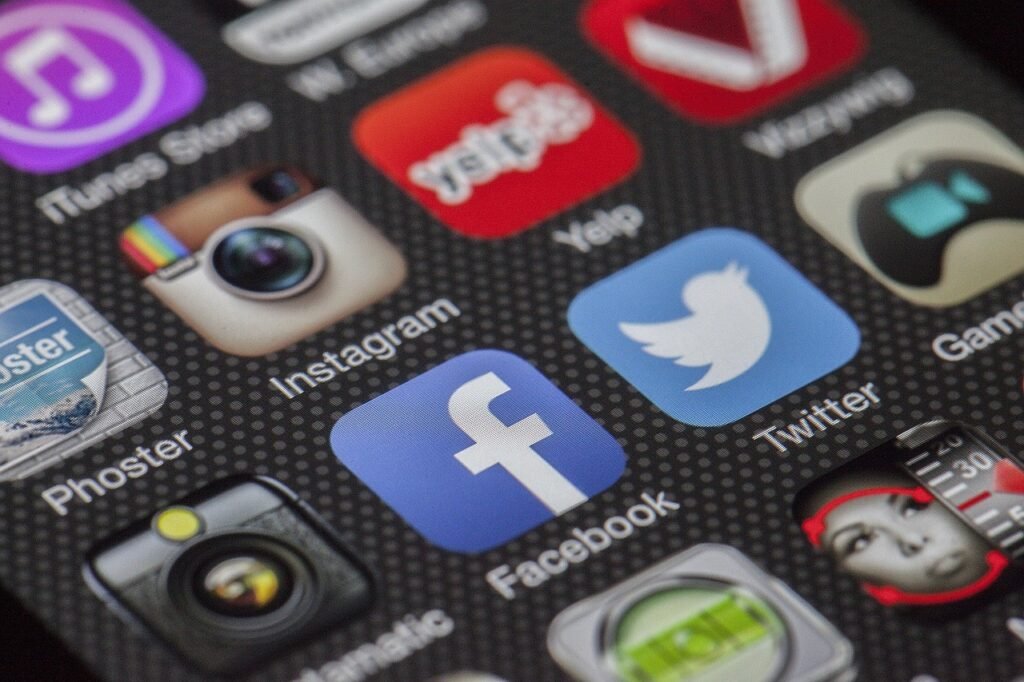


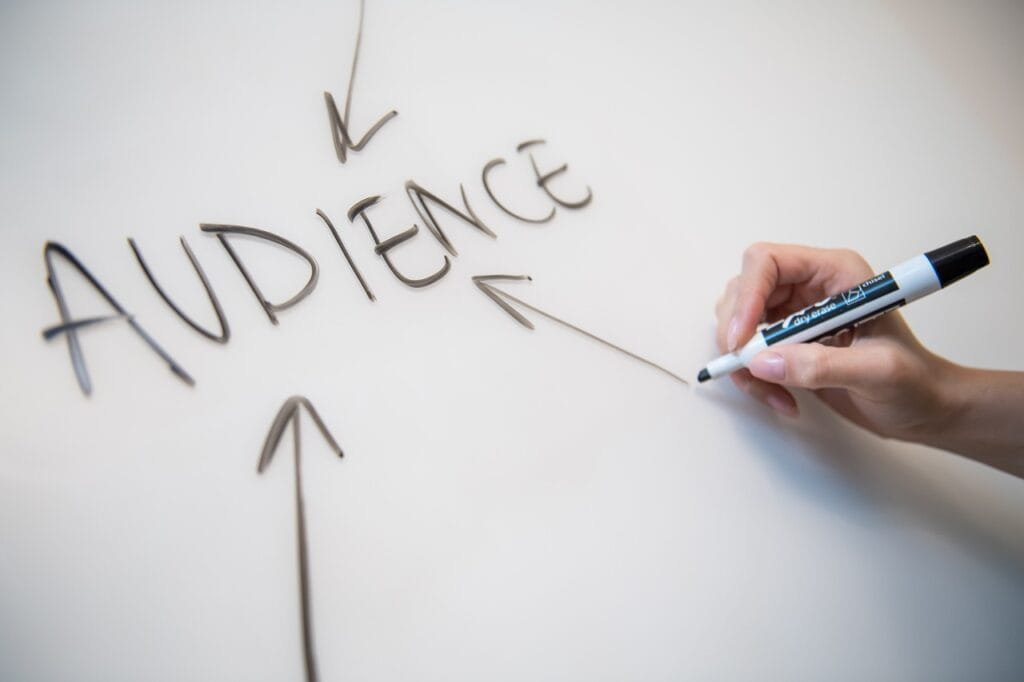
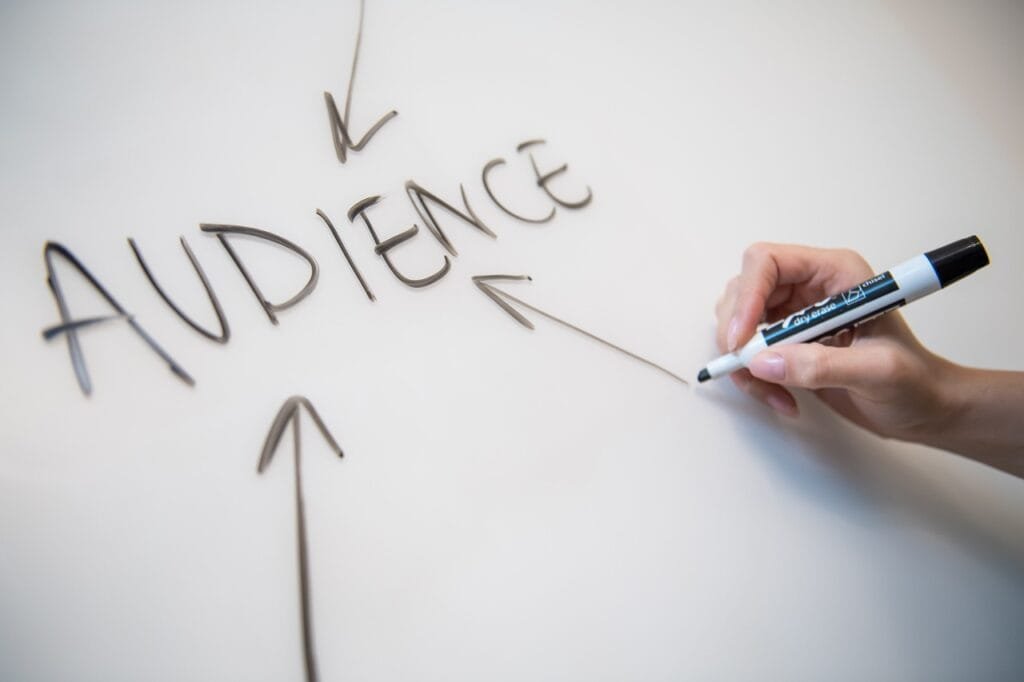


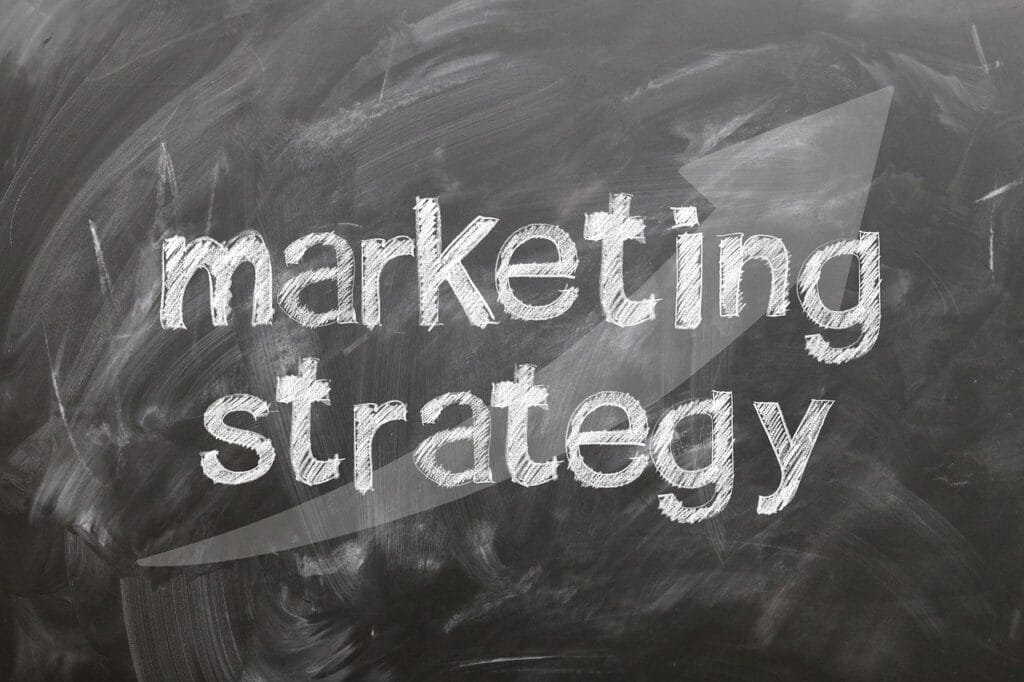









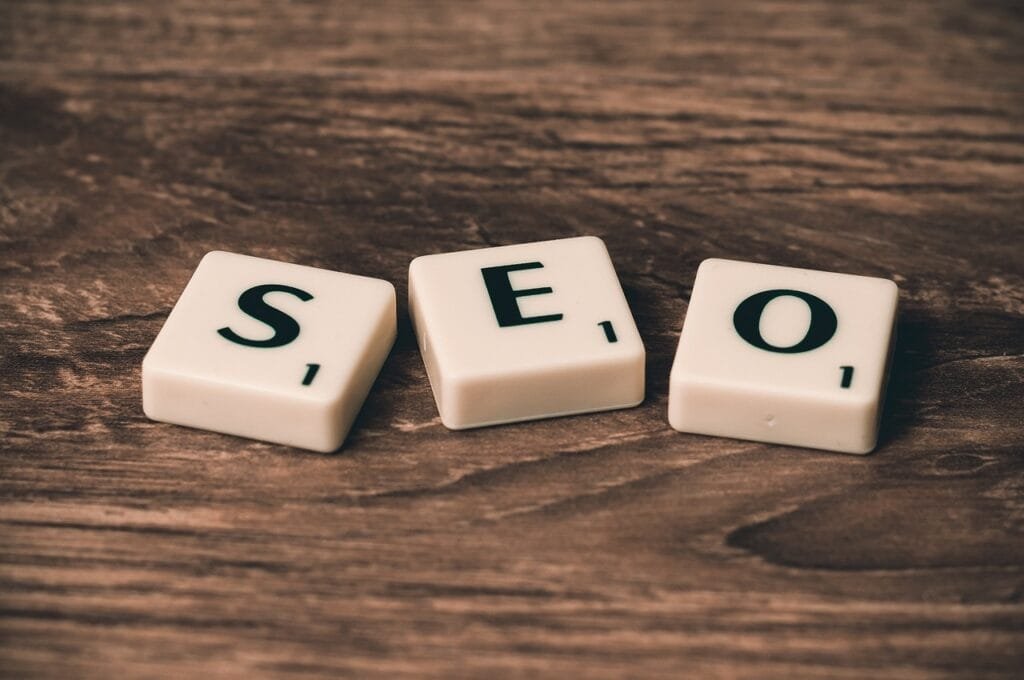


Comments are closed.